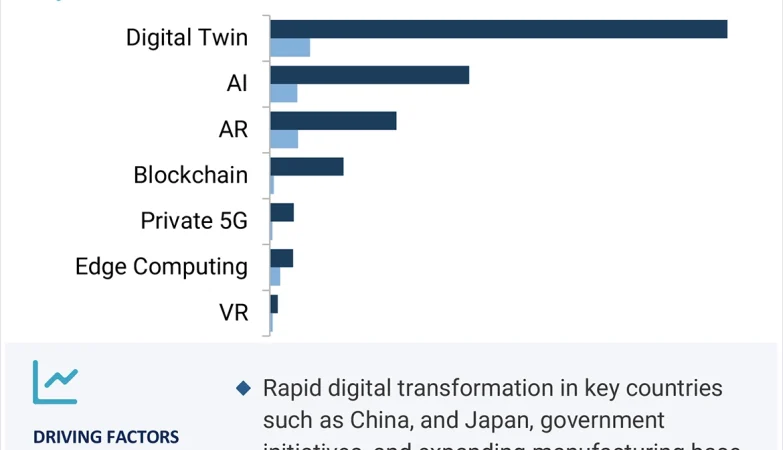Millions of investors were devastated when the price of crypto assets crashed last year, due to fraud, market manipulation and opaque business practices.
Following a wave of government enforcement against crypto lending firms, including fines and penalties against them, regulations may become tighter in 2023.
1. Taxes
If you purchased cryptocurrency at a loss and sold it at a loss, the IRS allows you to claim this tax loss on your taxes. There may be certain nuances, though. You should report losses in the year that they occurred as well as having valid identification before purchasing from certain exchanges.
Investors may soon witness an acceleration of policy moves to bring crypto asset securities under regulatory oversight, including applying them under similar rules as traditional financial instruments (i.e. securities broker-dealers, investment advisers and exchanges) so as to prevent fraud, manipulation, front running, wash sales or any other abuses that could occur in this new arena.
Recent failures of stablecoins and crypto-focused hedge funds have highlighted the need for greater regulation during times of volatility and stress, prompting increasing interest in central bank digital currencies (CBDCs) as a means to promote financial stability and accelerate global economic development.
However, without proper regulation, CBDCs could threaten global monetary and financial stability and cause increased market volatility. Financial institutions could use them to bypass capital controls or foreign exchange restrictions; that’s why robust transparency and disclosure requirements are crucial – so much so that some of the world’s biggest regulators – including US Securities and Exchange Commission, Britain’s Financial Conduct Authority and Germany’s BaFin – are working together on global standards for CBDCs and other forms of decentralized finance such as crowdfunding platforms.
2. Regulation
Cryptocurrencies present regulatory agencies with unique challenges when it comes to enforcement laws against illegal activities, while their fast-moving nature outpaces government bureaucracies responsible for overseeing traditional banks or publicly traded stocks. Recent events such as the collapse of FTX exchange, as well as other problems of mismanagement and conflicts of interest have made it clearer than ever that regulations must come more swiftly.
But it remains uncertain how much change will occur. While US regulations already exist, and could become even stronger by 2023. For instance, the Build Back Better Act includes language that could make wash sales applicable to crypto assets; this would make illegitimate cryptocurrency sales less likely to cause sell-offs in the market.
Crypto exchanges are currently regulated by various institutions depending on the activity they engage in, for instance a company dealing with securities must register with the SEC while those offering combination trading of crypto trading with money transmission may fall under FinCEN and Commodity Futures Trading Commission jurisdiction – though most transactions between private users remain unregulated as they did back in 2023.
However, the events of 2022 have hastened the trend toward increased regulation. Investors can anticipate more emphasis on Know Your Customer policies, anti-money laundering measures and taxation in coming years.
3. Liquidity
Liquidity measures the ease with which digital assets can be converted to cash, with greater liquidity easing sales to fiat currency and decreasing chances of price fluctuations during purchases. Liquidity can be divided into market and financial liquidity categories.
Liquid assets like short term government bonds such as US treasuries and gold can easily be converted to cash within several days, while less-liquid ones take much longer, including items like property, cars and artwork. Cryptocurrencies tend to be highly illiquid in comparison to these other assets and some even lack liquidity altogether.
Trading and investing on crypto markets involves buying and selling assets in order to capitalize on differences in price. Therefore, traders and investors need a high level of liquidity in order to trade without risk of excessive volatility, as well as to minimize bid-ask spreads between selling prices of an asset (bid) and its asking prices (ask price, bid) which would otherwise lead to large margins between bid and ask prices; also known as bid-ask spread.
IOSCO recently proposed a set of standards to regulate cryptocurrency markets and minimize risks that have caused many exchanges to halt trading or close down entirely. These new safeguards from mainstream markets aim to eliminate fragmented regulation as well as any attempts by firms to play off regulators against each other.
4. Security
Crypto markets, despite being relatively new industries, have already seen some of their worst moments. Failed stablecoins, decentralized finance platforms, and exchanges have raised serious investor protection and ecosystem health concerns; further compounded by an opaque culture where crypto was somehow separate from other markets leading to inadequate governance structures and risk management practices.
Security is an inherently contentious topic. Some view national security solely from military and defense perspectives; others believe hard power should complement soft power initiatives that reduce inequities among society and provide access to education and healthcare. There are even those who view cybersecurity as part of national security while others see it as something separate from it.
The term “security” has multiple definitions, making it hard for investors to comprehend all of its implications and risks associated with any given investment. For instance, some investors mistakenly believe all cryptocurrencies qualify as securities when only those which pass the Howey Test qualify as such. Furthermore, cyber investments carry risks including theft and fraud that investors should be mindful of before making any decisions regarding this form of investment. It is vitally important that diversifying portfolios with an array of assets as well as using regulated entities is also vitally important.






